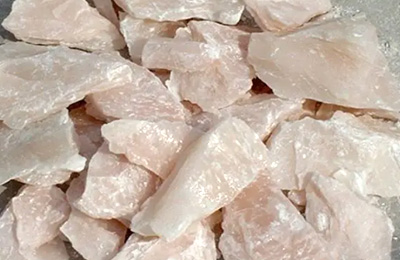Talc is a soft mineral with a layered structure that is commonly used as a filler and extender in various industrial applications, such as plastics, ceramics, paints, and cosmetics. Talc powder is also used in papermaking, and it is the main component of some baby powders. To obtain high-quality talc powder, it is necessary to use advanced grinding equipment.
There are several types of talc grinding equipment available on the market, and the most commonly used ones are Raymond mill, high-pressure grinding mill, ultrafine grinding mill, and vertical roller mill.

Raymond millfor talc powder:
Raymond mill is a traditional mill that has been used for decades to grind talc powder. It uses a centrifugal force to grind materials between a grinding roller and a grinding ring. Raymond mill has high efficiency, low energy consumption, and a wide range of applications. The final product size can be adjusted from 80-325 mesh.
High-pressure grinding mill for talc powder:
High-pressure grinding mill is a new type of talc grinding equipment developed based on the traditional Raymond mill. It uses a high-pressure spring to increase the grinding pressure, which improves the grinding efficiency and reduces the energy consumption. The final product size can be adjusted from 80-1250 mesh.
Ultrafine grinding mill for talc powder:
Ultrafine grinding mill is a new type of talc grinding equipment developed in recent years. It uses a vertical roller to grind materials, and the final product size can be adjusted from 325-2500 mesh. Ultrafine grinding mill has the advantages of high grinding efficiency, low energy consumption, and low noise.
Vertical roller mill for talc powder:
Vertical roller mill is a talc grinding equipment developed based on the traditional ball mill. It uses a grinding roller to grind materials, and the final product size can be adjusted from 80-325 mesh. Vertical roller mill has the advantages of high grinding efficiency, low energy consumption, and low noise.
The choice of talc powder grinding and processing depends on the specific needs of the customer, such as the desired final product size, processing capacity, energy consumption, and noise level. Each type of equipment has its own advantages and disadvantages, and customers should choose the most suitable one based on their actual needs.
